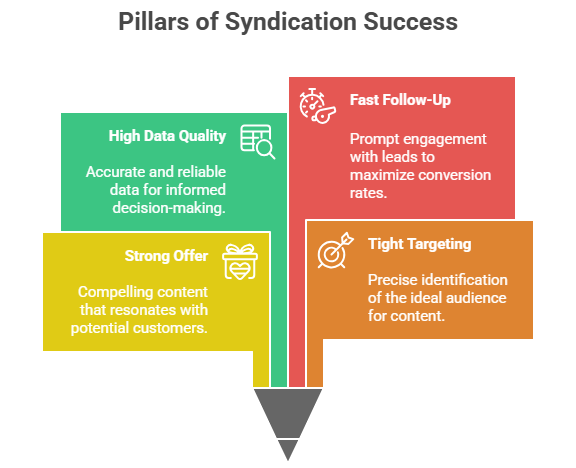
Not long ago, marketing automation solutions seemed like science fiction. The ability to track visitor behavior and contextualize it, rank leads, coordinate with your CRM, and create drip nurture programs all within the same system wasn’t within technology’s reach. When it first arrived, marketing automation was only for the largest corporations, but with the advent of more accessible MAS tools, more companies are able to be a part of what’s quickly becoming a revolution in marketing.
Companies that invest in marketing automation today are in the ideal position to take full advantage of everything the software has to offer. Early adopters of MAS technology gain a significant advantage over their competition, and it’s still not too late to press that advantage. Access to marketing automation has opened up as marketing firms who are at the vanguard of this technological revolution make it available to their clients.
Is it time for you to make the move to marketing automation? Here’s a look at some information from Wishpond’s 2015 edition of their State of Marketing Automation that will make that answer clear.
– Four out of five top-performing CMOs say they rely on marketing automation as a driver for increased revenue. With automation, these marketing executives are able to score leads effectively, segment their markets efficiently, track the results of every campaign, coordinate marketing programs across all channels, and give customers outstanding service.
– Automation pays off – three out of four companies that upgrade to a marketing automation system see a positive return on that investment within the year. Like any new system, marketing automation involves an initial outlay. Because it’s such a powerful tool to bring in more leads and convert them to customers, though, it pays for itself quickly – and then it continues to pay off with consistent, positive ROI.
– An organization that uses marketing automation doesn’t just generate more leads; it generates twice as many leads on average as blast email software. That’s because the email software that’s part of the MAS is only part of an integrated whole, funneling more new prospects into the system and guiding them through nurture programs that develop them into highly qualified leads. In other words, the system not only finds more leads but helps those leads become sales-ready.
– Lead nurture programs within a marketing automation system generate 47 percent more spend from customers. More leads enter the top of your sales funnel, and that means more customers appear at the bottom, but automation isn’t just about quantity. The quality of your leads also increases when your prospects have gotten guidance every step of the way along their buyer’s journey. Automated drip nurture programs develop prospects into customers, but they also help keep satisfied customers coming back and spending more.
– Lead nurturing programs bring in twice as many leads as conventional lead generation, and they cut your costs by 33 percent. Every lead costs money, but marketing automation lowers that cost by a third on average. Combine that with what you’ve learned about how your MAS leads directly to a positive ROI and how customers spend nearly twice as much when they go through the appropriate nurture process, and you begin to see just how large a leap forward marketing automation can be.
– Companies that use their MAS well report a tremendous increase in qualified leads – as much as 451 percent. That isn’t a typo: Businesses using marketing automation have seen lead qualification rates that are more than quadruple their old in-flow. Because these leads go through thoughtfully designed and customized nurture programs automatically, businesses that get this influx of new leads are able to handle them.
– Reported conversion rates for companies using marketing automation software are as much as 50 percent higher after the upgrade. With automation, you’re able to communicate with customers at every step of their decision-making process. That constant contact builds trust on the customer’s side and helps companies know what their clients need on the business side. That improved communication leads directly to more revenue for you and better service for your customers.
– Marketers gain more time with automation as 36 percent of CMOs report they no longer expend effort on repetitive tasks. Automation was invented to remove tedium and wasted effort, and that’s as true in the marketing sector as it is in any other industry that’s seen an automation revolution. When your marketing team has more time to focus on creative concepts, coordination with sales, and find new ways to connect with customers, they’re free to brainstorm truly innovative ideas.
– Over 63 percent of businesses that out-compete their rivals use marketing automation. As a proof of concept, this statistic couldn’t speak more eloquently of the usefulness of marketing automation tools to build real value. To paint an even clearer picture, consider this: Among companies that earn more than half a billion dollars a year, 60 percent use marketing automation. Conversely, companies that earn $5 million or less annually aren’t a part of the MAS revolution; only 3 percent of them use marketing automation tools.



